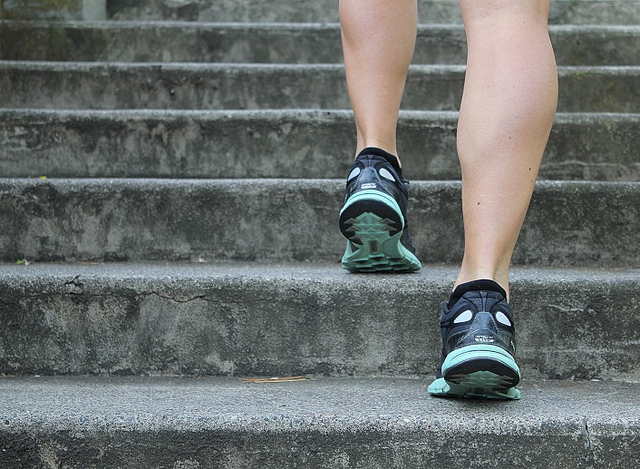Is physical exercise beneficial only to the body or is it linked to brain development too?
A new study published in Brain Plasticity implies that exercise is indeed heavily related to the maturation of the brain. The results show that mice exercising on wheels had improved brain ability in distinguishing new from familiar objects; these mice even developed twice the normal number of neurons.
“Our research indicates that exercise-induced increase in neurogenesis improves pattern separation… [which] is involved in many memory tasks of everyday life. For example, when learning the game of chess, it is critically important to remember the different shapes of pieces, like the pawn and bishop. Similarly, remembering the precise pattern of pieces on the board during a previously successful opening or endgame may decide who will win or lose,” explained Professor Bischofberger.
Image Source: dra_schwartz
Co-Guest Editor and Professor Brian R. Christie described how the study offers evidence for running-induced improved pattern separation. The study was based on the natural behavior of mice, whose curiosity makes them more likely to explore objects in their environment. Objects similar to each other were chosen to test animals’ recollection of object properties.
Bischofberger and others tested two groups of mice, one housed with running wheels (voluntarily running) and one housed without (sedentary), using a novel object recognition (NOR) task to evaluate learning and long-term memory. Since mice prefer new objects, they were given novel objects like cones and pyramids, in black or white colors. After one-and-a-half hours, the objects were substituted, cone for pyramid or vice versa. After 24 hours, the new object was again swapped with a similar object (same color and different shape, or different color and shape).
During one-and-a-half hour gaps, both mice distinguished similar and dissimilar objects. However, after 24 hours, both cohorts of mice recognized distinct objects, but only the running mice distinguished similar objects. Thus, researchers concluded that the running mice had improved pattern separation capabilities.
Image Source: wsfurlan
Additionally, the researchers studied the brain by marking new brain cells. They identified that running mice had developed twice as many new cells, along with longer dendrites than the cells in sedentary mice; however, the exact useful role of these neurons remains under examination. Studies have also revealed that exercise can enhance spatial navigation and contextual memory in addition to pattern separation.
“Increasing neurogenesis is a potential treatment for a variety of disorders that would benefit from improving cognitive capacity. Indeed, studies in humans indicate that exercise can preserve and possibly even enhance cognitive function in individuals with dementia or other forms of mild cognitive impairment,” added Dr. Christie.
Exercise is a simple, low-cost option that promotes brain health, and scientists are researching cellular, molecular, and behavioral changes associated with running.
Feature Image Source: 6o by Fit Approach










